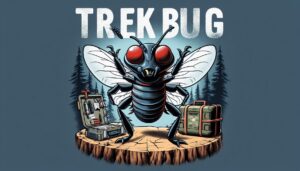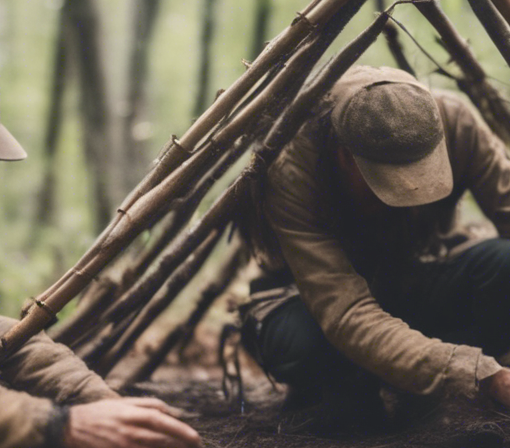Have you ever thought about stepping outside your comfort zone and diving into nature’s pantry? Imagine wandering through a lush forest or a sunny meadow, not just enjoying the scenery but also gathering delicious edibles along the way. Sounds exciting, right?
Foraging for food in the wild is not only a fun activity but also an incredible skill to have. Let’s explore how to turn Mother Nature into your personal supermarket!
Understanding Foraging: The Basics of Gathering

Before you set off on your foraging adventure, it’s essential to understand what you’re getting into. Foraging isn’t just about picking random plants; it requires knowledge and respect for nature. Think of it as hunting for treasure—only this treasure can be eaten!
Start by learning about local flora in your area. There are plenty of resources available, like field guides and apps that help identify edible plants. You wouldn’t want to confuse a tasty wild berry with a poisonous lookalike! So grab that guidebook and get familiar with what grows around you.
Also, consider joining local foraging groups or workshops. These communities often share tips and tricks while allowing you to learn from experienced foragers. Plus, it’s a great way to meet like-minded folks who love nature as much as you do!
Essential Edible Plants: What to Look For
Once you’ve grasped the basics, let’s dive into some common edible plants that might be lurking near you. By the way, I think you’ll be surprised at how many delicious options are out there!
Dandelions: Yes, those pesky weeds in your yard are actually packed with nutrients! Every part is edible—from roots to flowers—and they make fantastic salads or teas.
Wild Garlic: If you’re wandering through woods or fields during springtime, keep an eye out for wild garlic’s distinctive smell. It adds flavor without costing anything at all!
Berries: Raspberries, blackberries, blueberries—you name it! These little gems can usually be found along trails or in thickets during summer months. Just remember to double-check their identification before munching away.
Nuts: Acorns may not sound appetizing at first glance, but they can be processed into flour once leached of their tannins! And who doesn’t love walnuts or hazelnuts when autumn rolls around?
Keep in mind that seasonality plays a significant role in what you can forage throughout the year—so always check which plants thrive during each season.
Safety First: Know What Not to Eat

Now let’s talk safety because knowing what NOT to eat is just as crucial as identifying edibles. As a matter of fact, some wild plants can cause serious harm if consumed.
Avoid anything unfamiliar unless you’re 100% sure it’s safe; stick with well-known species until you’ve built up confidence. Always wash any gathered food thoroughly before consumption—it helps remove dirt and potential contaminants.
Additionally, try small amounts of new foods first; this way if something doesn’t sit well with your stomach (which happens!), you’ll know not to try it again.
And speaking of safety—if you’re unsure about a plant’s edibility even after research? Just walk away! Trusting your instincts is vital when exploring nature’s buffet.
The Joys of Cooking Your Finds
Alrighty then! You’ve gathered some goodies from the wild—now what? Time to cook them up and enjoy that hard-earned feast! Interestingly enough, many people find cooking with foraged ingredients brings an extra layer of satisfaction compared to store-bought items.
Try incorporating fresh greens into salads or sautéing mushrooms over pasta—your taste buds will thank you later! Dandelion tea is another delightful option; steep those leaves alongside honey for sweetness if desired.
For berries, consider making jams or desserts like cobblers—they’re perfect ways to showcase seasonal flavors while impressing friends at gatherings (or just treating yourself!).
Don’t forget about preserving techniques too—drying herbs or freezing fruits ensures you’ll have access even when seasons change!
Respecting Nature: Sustainable Foraging Practices
Lastly—and this part cannot be emphasized enough—always practice sustainable foraging methods! Our planet provides these resources generously; let’s ensure future generations can enjoy them too.
Only take what you need; leave plenty behind so wildlife has food sources available as well. When harvesting plants like mushrooms or herbs, cut rather than uproot them entirely; this promotes regrowth and keeps ecosystems healthy.
Educate others on responsible practices too—it spreads awareness while fostering appreciation for our natural world!
Suggested Resources:
Edible Wild Plants
https://www.ediblewildplants.com
The Ultimate Guide To Foraging
https://www.theultimateguidetoforaging.com
Wild Foods Cookbook
https://www.wildfoodscookbook.com




